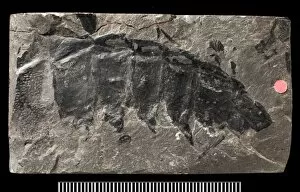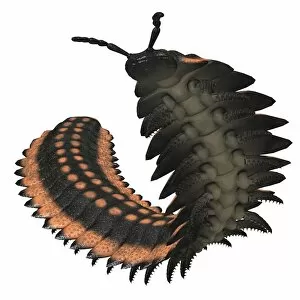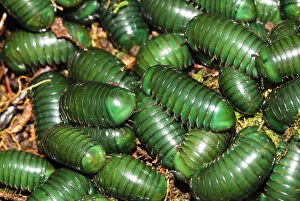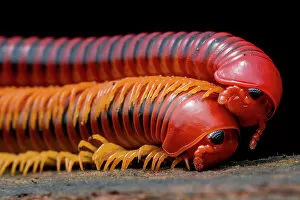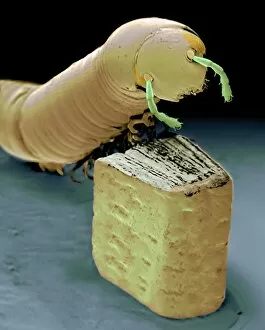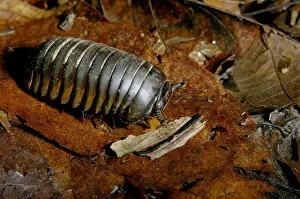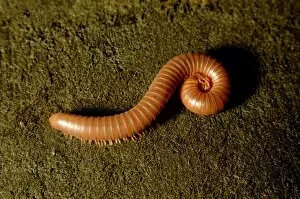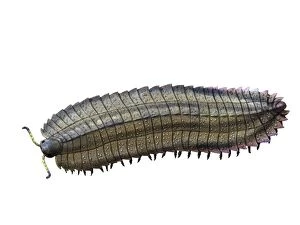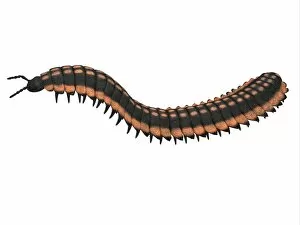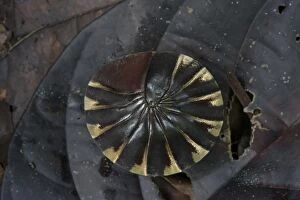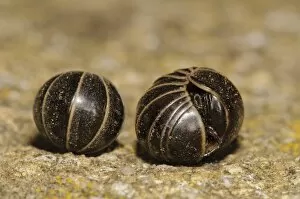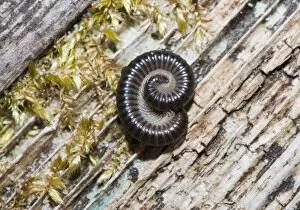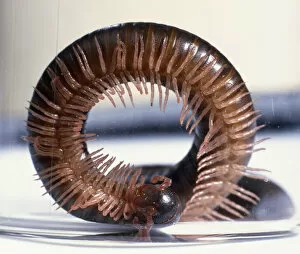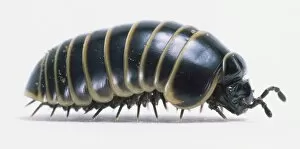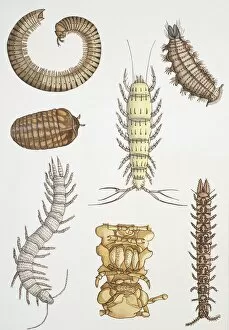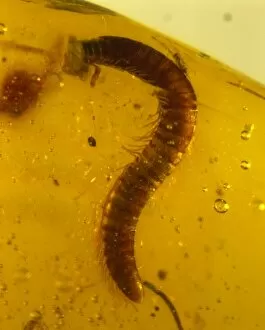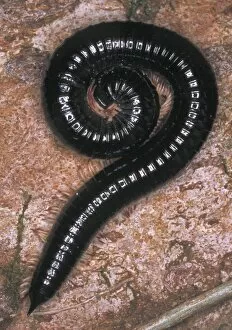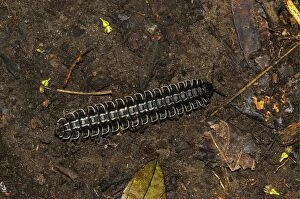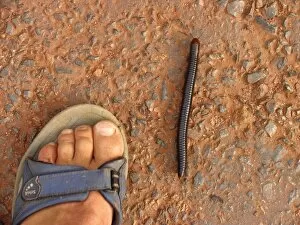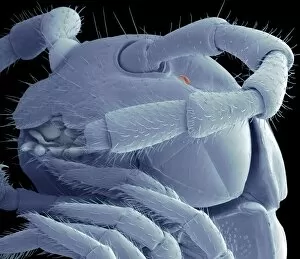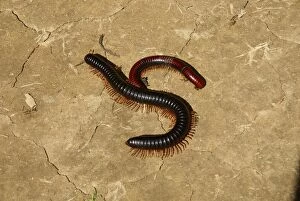Diplopoda Collection
"Diplopoda: A Fascinating World of Millipedes" Discover the mesmerizing world of Diplopoda, a diverse group of arthropods that includes some truly remarkable species
For sale as Licensed Images
Choose your image, Select your licence and Download the media
"Diplopoda: A Fascinating World of Millipedes" Discover the mesmerizing world of Diplopoda, a diverse group of arthropods that includes some truly remarkable species. From the vibrant Madagascar green-emerald giant pill millipedes found in Andasibe-Mantadia to the captivating close-up portraits of two Julidae millipedes in Mulu, Sarawak, Malaysia - these creatures never cease to amaze. One cannot overlook the impressive Tanzanian Giant Millipede, originating from Africa and known as Archispirostreptus gigas. Its sheer size and unique appearance make it a sight to behold. Equally intriguing is the Giant Pill Millipede with its distinctive coloration and intricate patterns. Venturing into rainforests brings encounters with unidentified giant millipedes, showcasing their adaptability and survival skills in their natural habitat. The Usambara Mountains in Tanzania reveal the curled-up beauty of the Tanzanian Red Legged Millipede, adding a splash of vibrant red amidst lush greenery. Diving into history reveals partial fossil remains belonging to Arthropleura, an ancient giant millipede from Europe's Late Carboniferous period. These fossils provide valuable insights into Earth's prehistoric past and shed light on how these fascinating creatures have evolved over time. The African giant black millipede (Archispirostreptus gigas) stands out for its imposing presence and dark exoskeleton. It serves as a reminder that even within this vast group of animals, diversity reigns supreme. Intriguingly enough, even microscopic worlds hold surprises as seen through images capturing both the smallest book alongside a tiny millipede under scanning electron microscopy (SEM). This juxtaposition showcases nature's ability to thrive at various scales. Lastly, we encounter Arthropleura once again - this time depicted against a white background - reminding us that despite its extinction, this ancient invertebrate continues to captivate our imagination.

